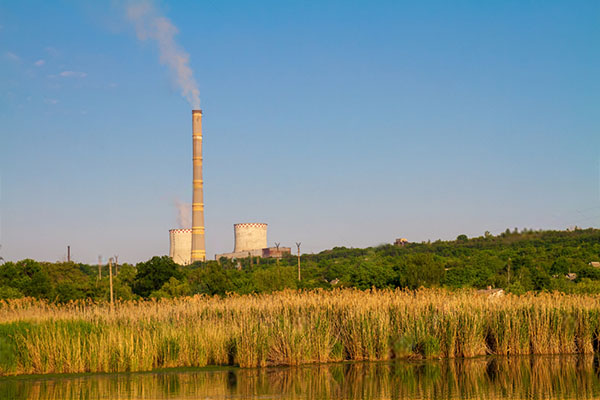Cogeneration, also known as combined heat and power (CHP), refers to an integrated system that simultaneously generates multiple forms of energy, such as the simultaneous production of electricity and heat. The production efficiency of CHP is significantly higher than that of a separate heat or electricity production process. As renewable carbon neutral materials, biomass materials are currently used in CHP widely. Lifeasible offers high quality technical support services related to biomass CHP, including technical consulting, project design and program optimization services.

Cogeneration plants are used in a wide range of applications in the industrial and construction industries. Industries suitable for cogeneration are those that use heat in the production processes, for instance, chemical, pharmaceutical, and textile industry. Compared with heat or electricity production alone, cogeneration can significantly improve energy production efficiency and reduce emissions of harmful material, and the use of biomass as raw materials for cogeneration can further reduce the pressure of energy depletion and reduce environmental pollution. That is because biomass materials are renewable and have a relatively short growth cycle, on the other hand, the carbon dioxide produced during energy use can be considered to be balanced with the carbon dioxide absorbed during the growth of the biomass materials.
The type of cogeneration system is usually determined by the type of prime mover, including gas turbine, microturbine, internal combustion engines, steam turbine, and fuel cells. These systems have their own advantages and disadvantages. Gas turbine is the most widely used one, with high reliability and low emissions, but the ambient temperature will have an impact on the yield. Microturbine is a small generator that utilizes the combustion of feedstock to produce high-speed rotation, and then convert the kinetic energy into electrical energy in a generator. The use of microturbine does not require cooling, and the number of moving parts is small, but it is not suitable for use under high temperature conditions. Internal combustion engines can be divided into two types, which are spark ignition (SI) and compression ignition engines (CI). Internal combustion engines are highly efficient and can operate on low pressure gas, but the air emissions are relatively high. Steam turbine does not use fuel directly, therefore, it has high efficiency, and the ratio of power to heat can be changed, while this ratio is relatively low. Direct combustion of biomass for CHP technology is also a common way to use biomass for heat and electricity production. For example, the heat generated by the direct combustion of the biomass produces hot steam which is then utilized to generate electricity by a steam turbine. Biomass CHP can also provide steam and hot water for industrial processes while converting waste heat into electrical energy. Materials for biomass CHP include forest residues, wood wastes, crop residues and energy crops, which need various pretreatment before production for power and heat.
Cogeneration is not a single technology, but an integrated system that can be adapted to the different needs of customers. There are several technical difficulties in the cogeneration process, including the selection of prime mover and raw materials pretreatment process, as well as the setting of reaction parameters. Lifeasible provides professional services to help you solve these problems. Our services are designed to increase product yield and substrate conversion, while at the same time ensure high cost-effectiveness. If you are looking for cogeneration technology consulting, project design and program optimization services, Lifeasible may be a good choice for you. Please feel free to contact us for more information.